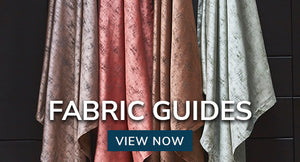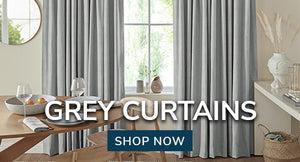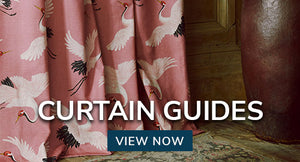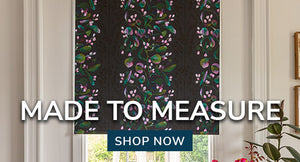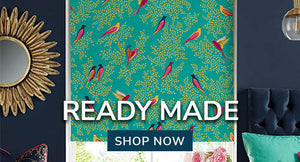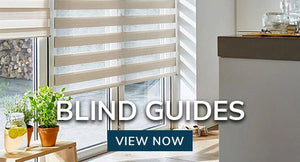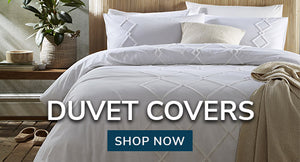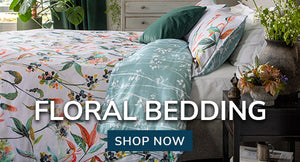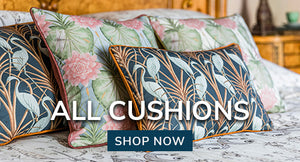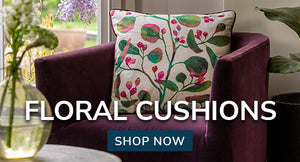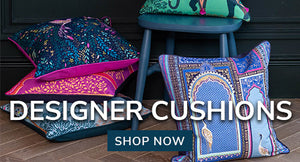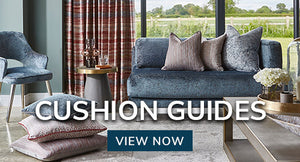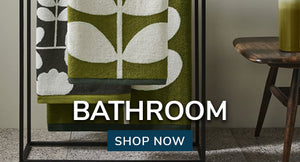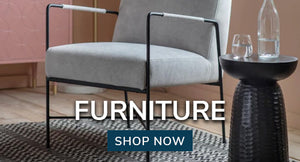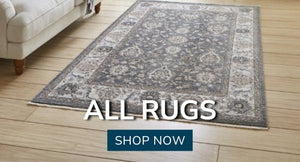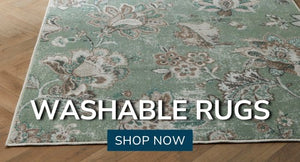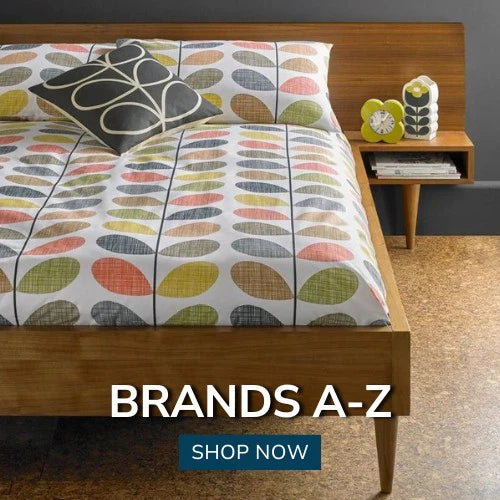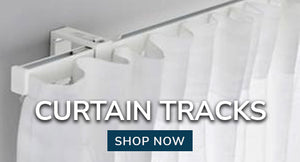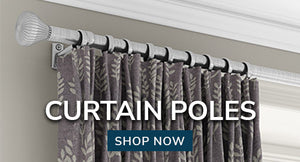I want to know everything about duvet covers
Some years ago when you turned in for the night you would have, without exception, slipped into a bed made up with two sheets, one bottom perhaps fitted and one flat top sheet. Over this top sheet you would have had a blanket or two and over the whole bed perhaps a coverlet or quilted cover. In the late sixties and early seventies all this changed and the duvet was introduced from Scandinavia, where it had long been the bedding of choice for the UK. At the time this caused a complete bedding revolution that happened almost overnight and changed the way we have viewed bedding forever.
What is a duvet cover?
A duvet cover is the bedding that goes over your quilt or duvet – the purpose is primary to look nice and be comfortable. Usually, a duvet cover will come as part of a bedding set with pillow cases. There is actually a rich history behind the duvet cover, which we will look at.
The history of the duvet cover
The UK housewife embraced the new idea of how to make up a bed wholeheartedly and it took just a few years for the old style bedding to be replaced and these days it is quite rare to find a bed made up with anything other than sheets and a duvet with a cover. Indeed runners have become a thing of the past and the throw and bed runner has replaced them in most areas of the home.
One of the reasons for the complete change in attitudes to bed making was that at the time there was an ongoing revolution in the way women were being viewed by society. Women were moving away from the home maker role and into the job market and anything that made house work quicker and easier was eagerly welcomed.
Because the duvet meant that bed making time was considerably reduced it was an overnight sensation and replaced the old type of bedding within a very short space of time. There was no longer a need to strip the bed every morning and remake each layer, it was literally a shake and go solution, saving both time and energy. Also the old blanket was often made of wool and was a haven for dust mites and allergens if not properly cleaned, whereas the new style quilt was very often filled with allergen free materials and so reduced the need for difficult washing and drying of heavy woollen blankets.
Today the duvet cover is on almost every bed in pretty much every home in one form or another. Indeed it has evolved and can now be found in all bed sizes.

Different duvet covers
Duvet quilts and cover sizes come to fit any and every bed from a child’s cot to a standard single through to king size and larger. There are no legislative rules as to the exact sizes for duvet covers but most manufacturers adhere to a basic size, this will always be given in an approximation on the packaging. Generally a single quilt cover will be about 135 cm x 200 cm, a double will be 200 cm x 200 cm, king size around 230 cm x 220 cm, a super king generally 260 cm x 220 cm and an emperor quilt and cover will be around 290 cm x 235 cm.
It is wise though to check the sizing on the packaging before you buy as it might be a costly and annoying mistake to find that your existing quilt is either too large or too small for your new duvet cover. There is nothing worse than having a quilt that slides around in a too large a cover or one that gets rumpled up and bulky in a cover that it too small. It might even be a good idea to measure your quilt before you buy to just make sure the new cover will fit your duvet correctly.
Duvet cover materials
Once you have decided on the size of duvet cover that you need it is necessary to decide on the fabric that will best meet your needs and this in turn will probably have a very large bearing on the price that you will pay. As in all materials and fabrics the quality of the basic threads will affect the quality and durability of the finished product and therefore the price of the completed duvet cover. The threads for making material have traditionally been made from either natural materials like cotton, linen, silk or even fine wool. In recent years there has been an upsurge in the use of plant based materials to make fabric. Tencel or lyocell which are fabrics made from regenerated tree cellulose are seeing a huge increased share of the fabric market.
Tencel
The main reason for its rise in popularity is that it can be easily produced from sustainably grown trees on tree farms and is therefore extremely environmentally friendly to produce. The manufacturing process also needs no harmful chemicals and re uses the solvents needed so there is less wastage and water use. Tencel is a branded name and is a fairly new product therefore it is still quite expensive but the fact that it is 100% organic and therefore biodegradable gives it an instant appeal in today's market.
Compared to cotton which has traditionally been by far the most common material for bedding, Tencel is a better choice also because it is naturally breathable and highly absorbent with a 50 % increased absorbency compared to standard cotton. Because the fibres have such a high level of absorbency they are easy to dye so that Tencel is available in colours that have traditionally been difficult to manufacture. It is also very soft and lightweight with a natural drape and a luxurious feel that gives a good line to bedding and is good for sensitive skin. Similar materials are made from bamboo which is another good eco friendly, naturally sustainable material.
Cotton
Cotton is however still the most common material for bedding today and comes in a wide range of styles from 100 % cotton which is a fairly heavy weight fabric and can be easily creased and hard to iron, through to polyester/cotton blends giving both natural and man-made materials in one.
A blended cotton mix will give a hard wearing quilt cover that is easier to wash and iron, thickness, softness and durability will depend on the blend and also the materials within the blend. Combed cotton will give a strong and soft material that is less likely to fray than normal cotton and combed cotton jersey is a knitted fabric which is very soft and usually more expensive because of the way it is manufactured.
Combed cotton jersey will generally have a high thread count because the threads are very closely packed together and is extremely breathable making it good for both summer and winter use.
Sateen is a cotton based material that is treated to give a distinctive lustrous sheen that resembles silk but is much cheaper to make and easier to maintain. It is soft, strong and a good choice for allergy sufferers although it will have a tendency to snagging and fraying.
Polyester
Polyester is a man-made fabric that is often combined with cotton to keep costs low. The fabric will be easy care, lightweight and breathable. It will usually be wrinkle resistant and very easy to wash and dry.
Peracle
Percale is a branded form of material with a high thread count and a closely woven plain weave, giving an excellent quality material that is very strong and durable.
Plant based cellulose
There are also several materials made from plant based cellulose available like viscose and rayon, and these are often combined with cotton in varying percentages to give good hard wearing fabrics that are easy to care for and give good wear and tear. The main down side of these plant based materials is that they will shrink on the first wash so be careful to make sure that your quilt cover will not be too small after you wash it for the first time.
Man-made materials
Man-made or synthetic materials such as polyester, nylon and acrylic are manufactured from petrochemicals. They can be extremely cheap to make but generally have a very low porosity which means that they will not give a good absorbency level. This also means that they are not a good choice for bedding in warm weather or if you may have a tendency to be a little sweaty in bed. When used in combinations with other natural materials though they can give a better result. As the demand for more sustainable materials grows the production of these man-made materials will reduce, but because of low cost they will always be a popular choice for the consumer.
No matter which fibres you choose for your quilt cover the basic method of constructing your finished material is the same. The basic fibres need to made into long threads ready for weaving and this is done by a process called carding or combing where the rough basic fibres are smoothed and then spun into the long threads necessary to make fabric.
Material or fabric is then made by weaving these threads together in an overlapping way with one thread running through another to make the ‘weave’, these threads are called the warp and the weft. The warp is generally a fixed thread that runs up and down and the weft is the thread that is woven into this to create fabric. This can be done by hand where the finished material will be extremely expensive, but these days with demand high most fabrics are made by a weaving machine.
The density of the threads i.e. the amount of threads per square inch will dictate the feel and final quality of the material being constructed. The more threads per square inch the softer and more durable the finished fabric will be. A thread count of 200 is considered to be good quality but thread count can be much higher and it is possible to get counts of up to 800 or more.
Egyptian cotton
Egyptian cotton has long been considered the very best material for bedding as the quality of the threads used is beyond compare. This is because the threads are longer, stronger and smoother than other threads on the market. Because of its increased popularity Egyptian cotton is now commercially grown in several places and no longer just in Egypt, although it’s manufacture is closely regulated to make sure the quality is maintained. It is worth noting here however that even a good thread count can sometimes be misleading if the threads themselves are short and not of good quality. In fact finding a really good bedding fabric can be a complex job but one well worth pursuing as when you have found your perfect bedding you will never go back.

Choosing a design
Now that you have decided on fabric and filling you need to look at the design of you quilt cover. There are literally hundreds of styles to choose from in all the colours of the rainbow. It might be worth giving some thought to the fastening of your quilt cover as there is a choice between buttons, snap fasteners or even Velcro and some people will have a preference to one or the other. Fastening and unfastening lots of tiny buttons can be a long and tedious job when you are in a hurry or if you have problems with arthritic fingers or similar medical conditions making snap fasteners or Velro easy to work with, but if you are very active in bed Velcro can become attached in all the wrong places at times! If you are prone to ironing your duvet cover plastic fasteners can easily be damaged when using a hot iron and once this happens your fasteners will need replacing.
There are plenty of things to think about when choosing the most appropriate duvet covers for your beds, however, here at Terrys Fabrics we offer extensive ranges, with a wide choice of colours, patterns and designs to suit all budgets, decorating motifs and all sizes of duvets beautifully. So, consider the options are enjoy the luxury of a duvet cover that meets all of your needs. Remember that are duvet covers come with matching or coordinating pillow cases to give your bed a professional look.



